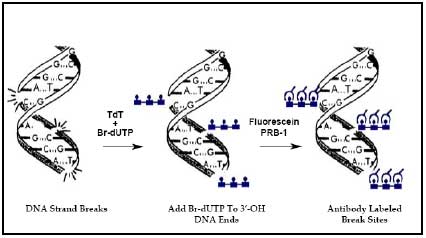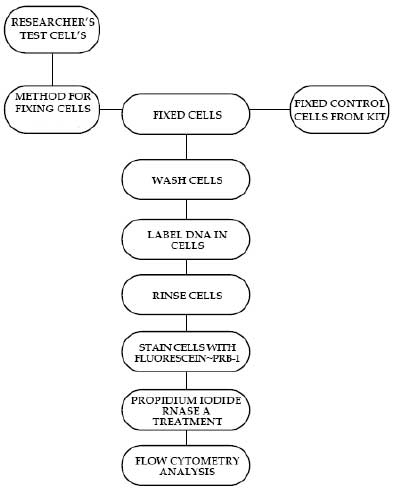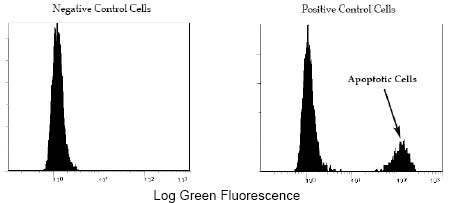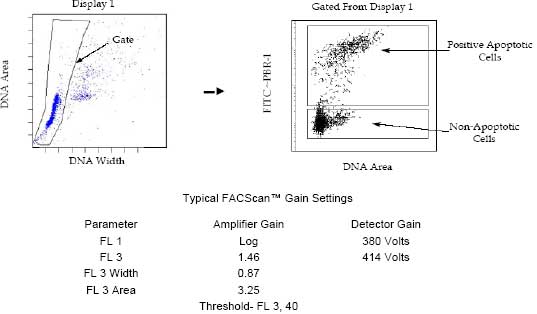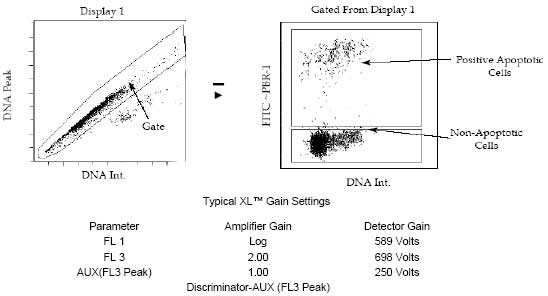CBA040 Sigma-AldrichApo-BrdU™ Kit
Productos recomendados
Descripción
| Replacement Information |
|---|
Tabla espec. clave
| Detection Methods |
|---|
| Fluorescence |
| Applications | |
|---|---|
| Key Applications | Flow Cytometry Immunofluorescence |
| Biological Information | |
|---|---|
| Assay time | 4-5 h |
| Sample Type | Cells |
| Physicochemical Information |
|---|
| Dimensions |
|---|
| Materials Information |
|---|
| Toxicological Information |
|---|
| Safety Information according to GHS |
|---|
| Safety Information |
|---|
| Packaging Information |
|---|
| Transport Information |
|---|
| Specifications |
|---|
| Global Trade Item Number | |
|---|---|
| Número de referencia | GTIN |
| CBA040 | 0 |
Documentation
Apo-BrdU™ Kit Certificados de análisis
| Cargo | Número de lote |
|---|---|
| CBA040 |
Referencias bibliográficas
| Visión general referencias |
|---|
| Li, X. and Z. Darzynkiewicz, 1995. Cell Prolif. 28, 572. Li, X., Traganos, F., et al. 1995. Cytometry 20, 172. Nagata, S., and Golstein, P. 1995. Science 267, 1449. Steller, H. 1995. Science 26, 1445. Thompson, C. B. 1995. Science 267, 1456. Darzynkiewicz, Z., et al. 1994. in Methods in Cell Biology: Flow Cytometry, 2nd edition., Darzynkiewicz, Z., Crissman, H. A., and Robinson, J. R., eds., Academic Press. Darzynkiewicz, Z., et al. 1992. Cytometry 13, 795. Lockshin, R.A. and Zakeri, Z. Programmed cell death and apoptosis. In: L. D. Tomei and F. D. Cope (eds.), Current Communications in Cell and Molecular Biology, Vol. 3., pp. 47-60. Cold Springs Harbor, NY: Cold Springs Laboratory, 1991. Strasser, A., et al. 1991. Cell 67, 889. Arends, M. J., et al. 1990. Am. J. Pathol. 136, 593. Hasbold, J., and Klaus, G. G. B. 1990. Eur. J. Immunol. 20, 1685 Benedetti, A., et al. 1988. J. Hepatol. 7, 319. Buttyan, R., et al. 1988. Mol. Endocrinol. 2, 650. Eschenfeldt, W. H., et al. 1987. in Enzymology 152: 337-342, Berger, S. L., and Kimmel, A. R., eds., Academic Press, 1987. Goldman, A. S., et al. 1983. Proc. Soc. Exp. Biol. Med. 174, 239. Weedon, D., and Strutton, G. 1981. Acta Derm. Venerol. 61, 335. Appleby, D. W., and Modak, S. P., 1977. Proc. Natl. Acad. Sci. USA 74, 5579. |
Folleto
| Cargo |
|---|
| Kit SourceBook - 2nd Edition EURO |
| Kits SourceBook - 2nd Edition GBP |














